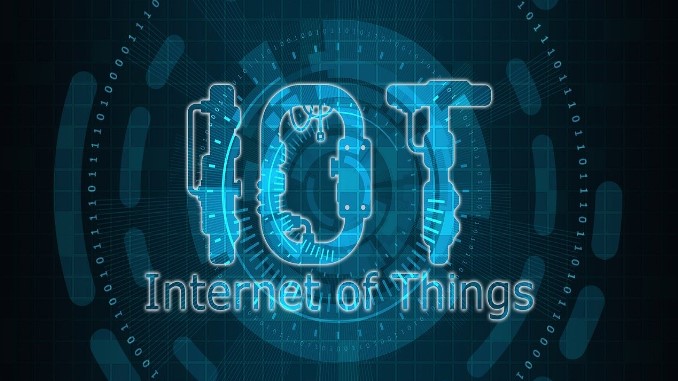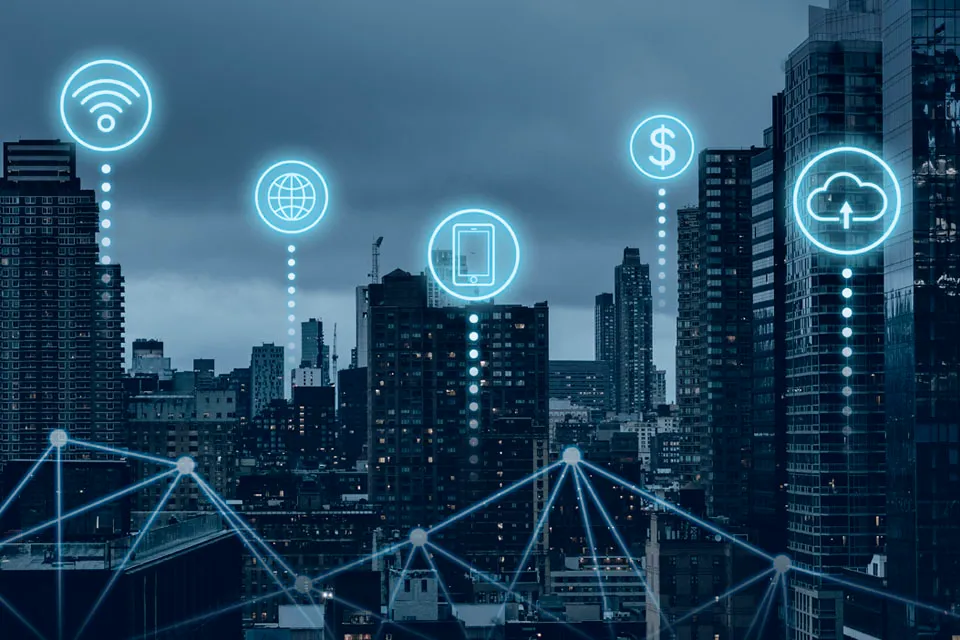The Internet of Things (IoT) is a rapidly growing network of interconnected devices that communicate and exchange data over the internet. From smart homes to industrial applications, IoT has the potential to transform various aspects of our lives. In this beginner’s guide, we will explore the basics of IoT and its potential impact on society.

1. What is IoT?
a. Definition: IoT refers to the network of physical objects, devices, vehicles, and appliances that are embedded with sensors, software, and connectivity, allowing them to collect and exchange data.
b. Connectivity: IoT devices are connected to the internet, enabling remote monitoring, control, and data analysis.
c. Sensors and Actuators: IoT devices are equipped with sensors to collect data from the environment and actuators to perform specific actions based on that data.
2. Key Components of IoT:
a. Devices: IoT devices encompass a wide range of objects, including wearables, smart home appliances, industrial sensors, and more.
b. Connectivity: IoT devices rely on various connectivity technologies, such as Wi-Fi, Bluetooth, cellular networks, and Low Power Wide Area Networks (LPWAN).
c. Data Processing: IoT devices generate massive amounts of data, which is processed and analyzed in the cloud or at the edge.
d. Cloud Services: Cloud platforms provide the infrastructure to store, process, and analyze IoT data, enabling real-time insights and remote management.
e. Applications: IoT applications leverage the collected data to automate processes, optimize efficiency, improve decision-making, and enhance user experiences.
3. Benefits and Applications of IoT:
a. Smart Homes: IoT enables the integration of devices like thermostats, lighting systems, and security cameras, allowing remote control and automation.
b. Industrial Automation: IoT facilitates real-time monitoring and control of industrial processes, improving efficiency, reducing downtime, and enhancing safety.
c. Healthcare: IoT devices like wearable fitness trackers and remote patient monitoring systems enable personalized healthcare and remote health monitoring.
d. Smart Cities: IoT contributes to the development of intelligent transportation systems, waste management, energy management, and environmental monitoring.
e. Agriculture: IoT sensors help optimize irrigation, monitor crop health, and manage livestock, leading to increased productivity and resource efficiency.
f. Retail and Supply Chain: IoT enables inventory management, asset tracking, and customer analytics to streamline operations and enhance the shopping experience.
4. Challenges and Considerations:
a. Security and Privacy: IoT devices and networks can be vulnerable to cyber-attacks, emphasizing the need for robust security measures and data privacy.
b. Interoperability: With a multitude of IoT devices and platforms, ensuring seamless communication and compatibility is crucial for a connected ecosystem.
c. Scalability: As the number of IoT devices increases, managing and scaling the infrastructure to handle data processing and connectivity becomes essential.
d. Ethical and Legal Implications: IoT raises questions about data ownership, consent, and potential biases that need to be addressed through ethical frameworks and regulations.
5. Getting Started with IoT:
a. Learning Resources: Explore online courses, tutorials, and documentation provided by IoT platform providers, technology companies, and educational institutions.
b. Hardware and Software: Start with beginner-friendly IoT development boards like Arduino or Raspberry Pi, along with programming languages like Python or C/C++.
c. Prototyping and Experimentation: Build simple IoT projects using sensors, actuators, and development boards to understand the fundamentals of IoT.
d. IoT Platforms: Explore popular IoT platforms like AWS IoT, Google Cloud IoT, or Microsoft Azure IoT to understand how data is collected, processed, and visualized.

Conclusion:
The Internet of Things has the potential to revolutionize the way we live, work, and interact with the world around us. As a beginner, understanding the basic concepts, applications, and challenges of IoT will pave the way for you to explore and contribute to this dynamic field. Embrace the opportunities, stay informed about security and privacy considerations, and continue to learn and experiment with IoT technologies to harness the full potential of a connected world.